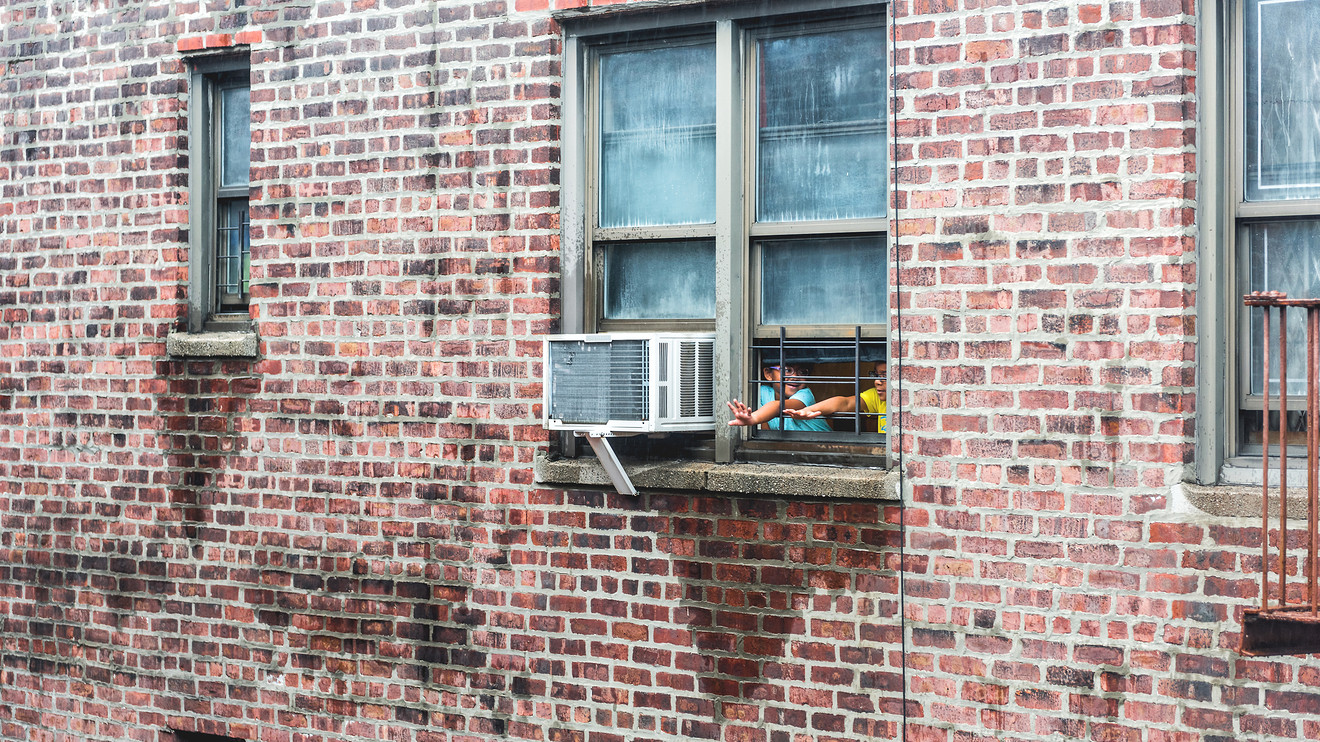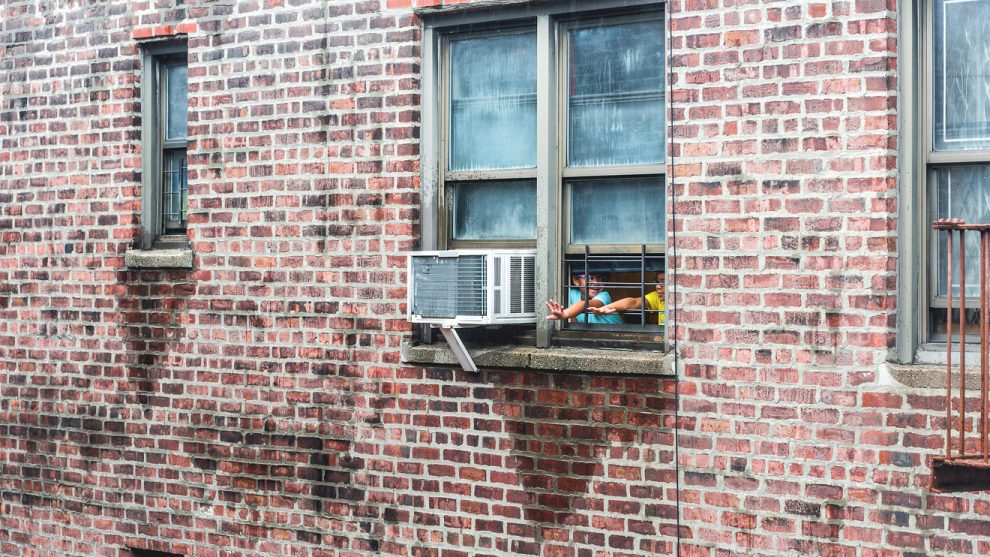
The impact of hot temperatures on violent crime is greater in poorer neighborhoods and in those with older housing.
That’s according to a new study by researchers at the University of Southern California, distributed by the National Bureau of Economic Research, a research organization based in Cambridge, Mass. What’s more, police sometimes exert “less effort” on very hot days, the study found.
Days that had highs of more than 85 degrees spurred a 2.2% rise in general crime and a 5.7% increase in violent crime on average.
Study authors Kilian Heilmann, a postdoctoral research associate at the University of Southern California, and Matthew Kahn, a USC economics professor, analyzed crime reports, arrest counts and service call records from 2010 to 2017 from the Los Angeles Police Department, the country’s third-largest police department.
Heat affected crime, and violent crime, in particular: Days that had highs of more than 85 degrees spurred a 2.2% rise in general crime and a 5.7% increase in violent crime on average, according to the study.
This relationship between heat and crime was accentuated in higher-poverty neighborhoods, the researchers found. It was also more pronounced in neighborhoods with a greater share of housing stock built prior to 1949 — which, they noted, would be less likely to come equipped with air conditioning. (Poverty correlated with old housing in the sample, they added, “indicating that poorer households live in older neighborhoods.”)
Heilmann and Kahn found the strongest effects for domestic (in-residence) crimes and intimate-partner violence, they wrote, suggesting that “the quality of living quarters matters.” Poorer residents in older buildings and no air conditioning are the least likely to be able to cope with the punishing heat, they added.
The quality of living quarters matters and poorer residents in older buildings with no air conditioning are the least likely to be able to cope with the punishing heat.
They further found a 6.6% decrease in cars pulled over by cops on days hotter than 85 degrees. “Given that we find that the Los Angeles Police Department exerts less effort on extremely hot days,” they wrote, “the city’s leadership can offer incentives or add more patrol cars on such days to supplement the supply of government services.”
“Our results suggest that human geography plays a large role in mitigating the negative effects of extreme heat on crime,” the authors wrote. “Both richer and newer neighborhoods show more resilience to dealing with high heat and its effect on crime.”
The findings highlight the importance of helping people in lower income neighborhoods adapt to climate change-fueled weather changes and provide an economic rationale for “subsidizing climate change-mitigating investments” such as air conditioning for poorer households, the researchers wrote.
Air conditioners, which scientists have also identified as a threat to the climate, can be expensive. Central air costs $3,000 to more than $7,000 to install on average, according to NerdWallet; room air conditioners can run from $100 to $300 for smaller rooms and between $300 and $800 for large ones, according to CostHelper.com.
Some researchers believe that hot temperatures can heighten irritability and aggressive behavior. Climate change leads to more hot days.
Their study is far from the first to document the relationship between heat and crime. A 2017 Journal of Urban Health study that analyzed 2006 to 2015 crime data from Philadelphia found that violent crimes and disorderly conduct rose when temperatures were warmer. A 2014 Bureau of Justice Statistics report found that aggravated assault rates were higher in summer than in all other seasons, while summer rape and sexual assault rates were higher than those in the fall and winter.
Evidence links people’s inclination to head outside in warm weather with a heightened possibility of criminal activity, and some researchers (but not all) believe that hot temperatures can heighten irritability and aggressive behavior.
And climate change, as the authors of the present study note, has made unusually hot days and heat waves a more frequent occurrence.
Previous research has also quantified the potential impacts of climate change and weather on crime. One 2014 paper published in the Journal of Environmental Economics and Management, using county-level crime and weather data spanning 30 years, estimated that climate change would lead to an extra 22,000 murders, 180,000 rape cases and 1.2 million aggravate assaults from 2010 to 2099.







